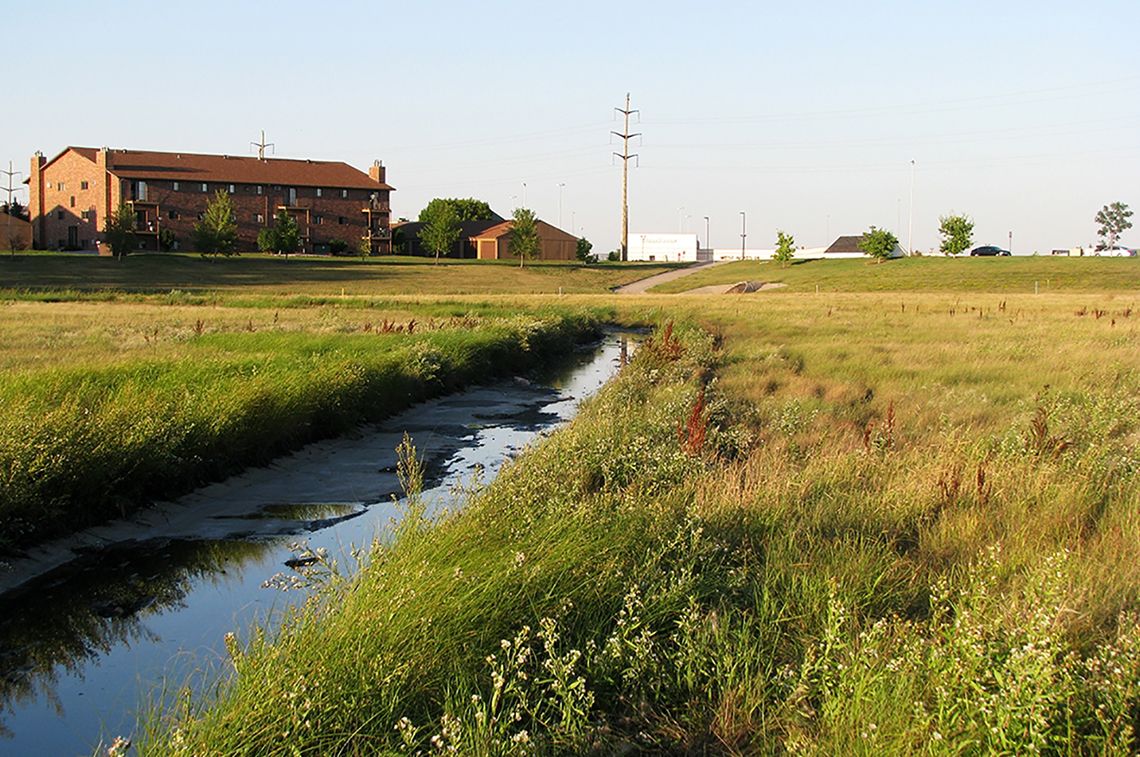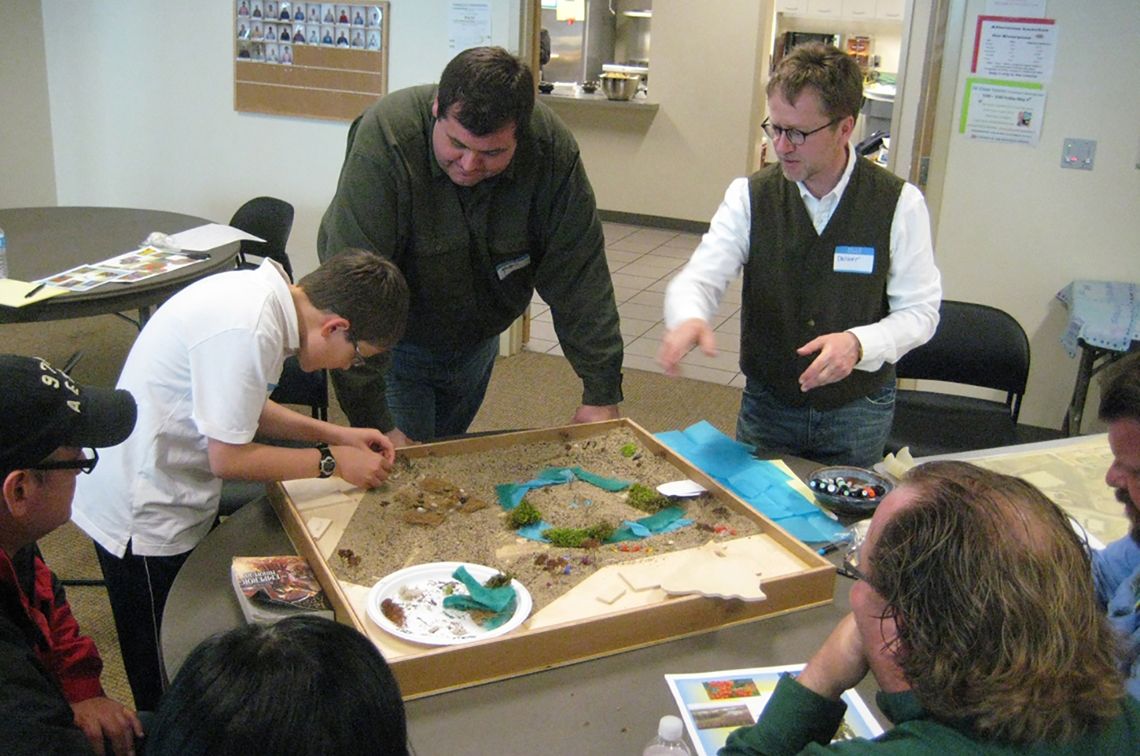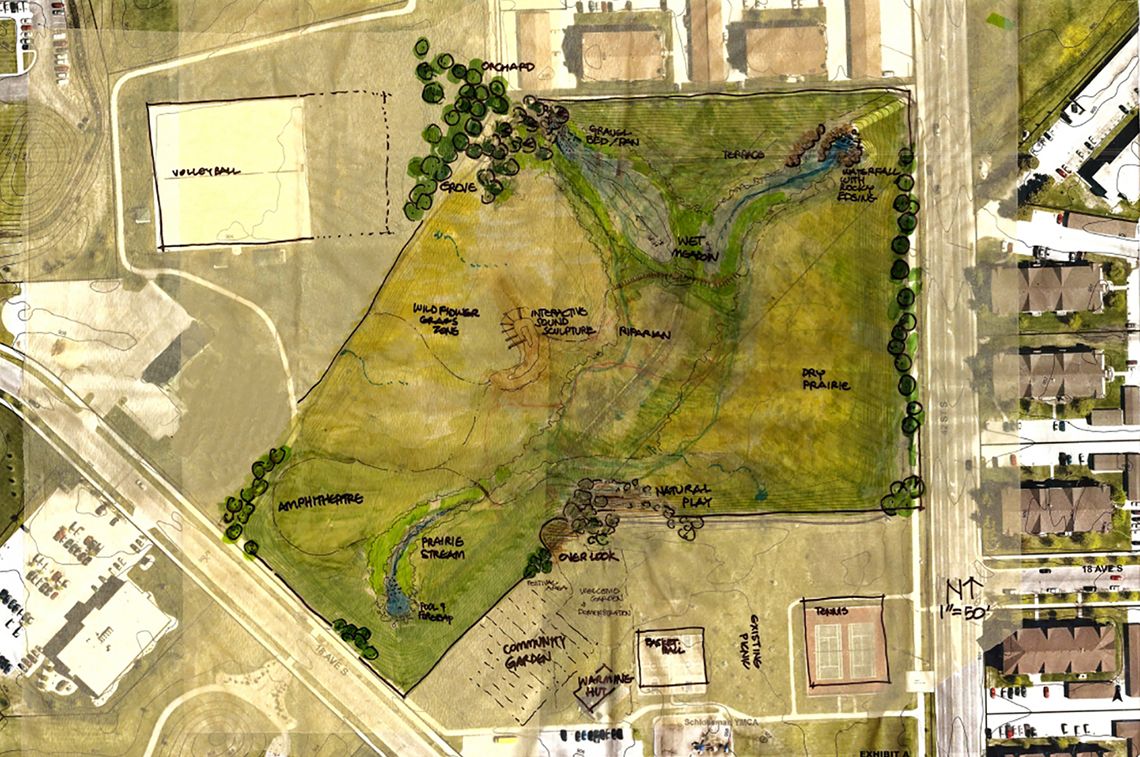10 SECTORS
10 SOLUTIONS
Artists and Community Change
ENVIRONMENT & ENERGY
The ENVIRONMENT & ENERGY community development sector is comprised of individuals, organizations, and policymakers who are working to design a healthy and sustainable future for people and the planet. Regardless of the issue—climate resilience and adaptation, clean energy, water infrastructure, habitat preservation, responsible use of natural resources, managing toxic waste and pollution, or simply acknowledging that socioeconomic inequality means vulnerable populations experience the impacts of climate change first and worst—the urgent and complex challenges we face require systems thinking, cross-disciplinary collaboration, and holistic approaches that address root causes and prioritize long-term beneficial impacts for many over short-term gains for select few.
PROJECT NAME
THE FARGO PROJECT: WORLD GARDEN COMMONS
ORGANIZER NAME
CITY OF FARGO
LOCATION
FARGO, ND
GEOGRAPHICAL CONTEXT
URBAN
ARTISTIC DISCIPLINES
DESIGN & ARCHITECTURE, VISUAL ARTS, FOLK & TRADITIONAL ARTS, OTHER
WEBSITE
THEFARGOPROJECT.COM
To handle the seasonal overflow of the Red River, the city of Fargo, North Dakota constructed a series of large stormwater retention basins. While the basins do prevent flooding during heavy rains, they are most often fallow: dry, empty lots the size of a dozen football fields, occupying public space and separating neighborhoods. Hoping to make better use of the basins and improve the lives of nearby residents, the city partnered with environmental artist Jackie Brookner and local artists to create a plan for World Gardens Commons, a project that transformed an 18-acre basin in the neighborhood of West Acres into a vibrant public space that connected, rather than divided, adjacent communities. The team used storytelling, food sharing, and dance to engage residents in a multi-year process of reimagining the space. West Acres’ largely Native American and new American cultures are reflected in the plan, which includes a natural amphitheater and a “listening garden.” City of Fargo planning director Nicole Crutchfield says, “By working with artists and using creative problemsolving, we found solutions that functioned on multiple levels—ecological, spiritual, infrastructural, aesthetic. We picked up on nuances about what the community needed that we would have missed if we had approached it using our conventional planning methods.”
10 SECTORS 10 SOLUTIONS:
Artists and Community Change




